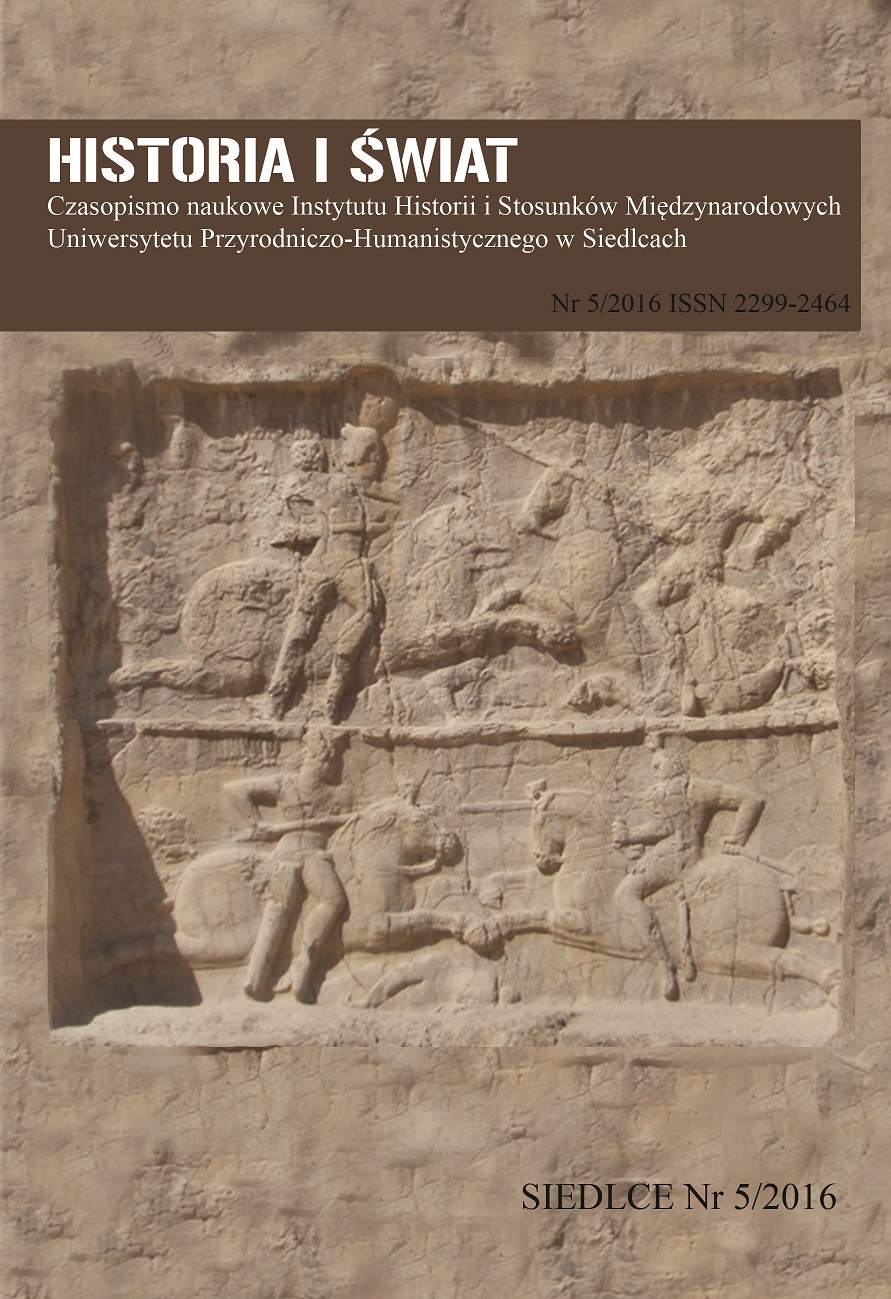
Preliminary Report on the Cairn Tombs of Kuik & Qaleh Bahadori in the Zahāb Plain, Kermānshāh
Preliminary Report on the Cairn Tombs of Kuik & Qaleh Bahadori in the Zahāb Plain, Kermānshāh
Keywords: Iran; Kermanshah; Zahāb Plain; Cemetery; Cairn Tombs
In the summer of 2015, a preliminary visit was carried out by the authors with the goal of identifyingand documenting archaeological cemeteries as well as giv ing a relative chronology of them at two villages of Kuikand Qaleh Bahadori in the Zahāb Plain, located in Sarpol-e Zahāb County in Kermānshāh province of Iran.Numerous tombs were identified in four cemeteries. Mostly they were located in the hillside of mountains.The pile of stones on the ground can be an indicator to assess them. Structurally all tombs are the same. All aroundthe tomb's wall was elevated with different size of stones in several rows; after putting the dead body, the tombhas been covered with three or four cap stones. Then the pile of stones was put on top of it. Nevertheless thesecemeteries were been looted by smugglers, still some intact tombs can be seen among them. Unfortunately, nocultural materials were found in these areas except for few potsherds; so this caused some difficulties to datethe tombs. The morphology of their structure and comparative study with peripheral regions suggest probablechronology of Iron Age III for the tombs. It is evident that certain results will be achieved on the basisof archaeological excavations.
More...

